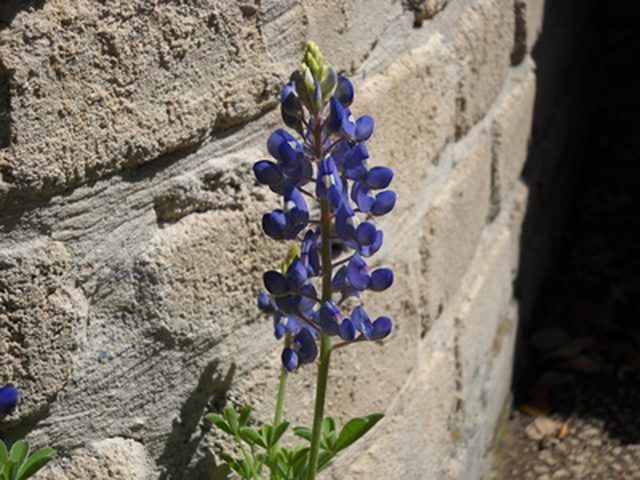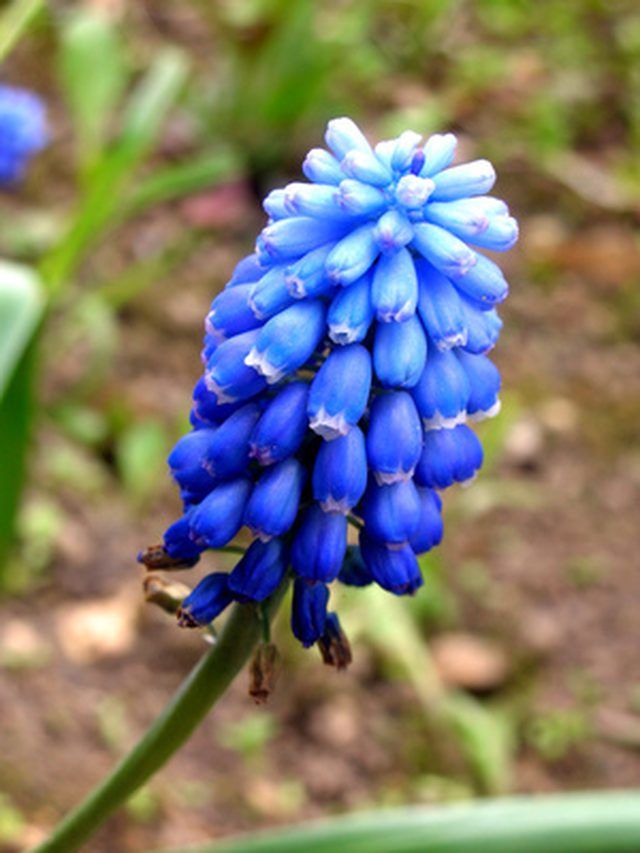Bulbs
Flower Basics
Flower Beds & Specialty Gardens
Flower Garden
Garden Furniture
Garden Gnomes
Garden Seeds
Garden Sheds
Garden Statues
Garden Tools & Supplies
Gardening Basics
Green & Organic
Groundcovers & Vines
Growing Annuals
Growing Basil
Growing Beans
Growing Berries
Growing Blueberries
Growing Cactus
Growing Corn
Growing Cotton
Growing Edibles
Growing Flowers
Growing Garlic
Growing Grapes
Growing Grass
Growing Herbs
Growing Jasmine
Growing Mint
Growing Mushrooms
Orchids
Growing Peanuts
Growing Perennials
Growing Plants
Growing Rosemary
Growing Roses
Growing Strawberries
Growing Sunflowers
Growing Thyme
Growing Tomatoes
Growing Tulips
Growing Vegetables
Herb Basics
Herb Garden
Indoor Growing
Landscaping Basics
Landscaping Patios
Landscaping Plants
Landscaping Shrubs
Landscaping Trees
Landscaping Walks & Pathways
Lawn Basics
Lawn Maintenance
Lawn Mowers
Lawn Ornaments
Lawn Planting
Lawn Tools
Outdoor Growing
Overall Landscape Planning
Pests, Weeds & Problems
Plant Basics
Rock Garden
Rose Garden
Shrubs
Soil
Specialty Gardens
Trees
Vegetable Garden
Yard Maintenance
Interesting Facts About the Bluebonnet
Interesting Facts About the Bluebonnet. Since 1901, Lupinus subcarnosus bluebonnets carry the designation of the state flower of Texas. From that time until 1971, debate and discussion flowed over exactly which bluebonnet variety the legislators meant in their decree. In a diplomatic solution, the legislature decreed that not only would L....

Since 1901, Lupinus subcarnosus bluebonnets carry the designation of the state flower of Texas. From that time until 1971, debate and discussion flowed over exactly which bluebonnet variety the legislators meant in their decree. In a diplomatic solution, the legislature decreed that not only would L. subcarnosus enjoy the honor, but so would its competitor, L. texensis, and any other variety found in Texas even if presently unknown.
Varieties
At least five varieties of Lupinus share the title of state flower. L. subcarnosus, or buffalo clover, thrives in southern and coastal Texas, and produces a small, royal blue blossom. The larger L. texensis, or Texas bluebonnet, naturally occurs across most of Texas. It grows into a larger, hardier plant than L. subcarnosus and generates the blooms more widely recognized. L. Havardii limits its range to the Big Bend part of the state. The Trans-Pecos region hosts L. concinnus, and L. plattensis calls the Panhandle home.
Roadside Cultivation
Since the 1930s, most Texas highways boast shoulders carpeted with the spires of Texas bluebonnets in season, with roadside mowing halted until the blooms are spent. Enjoy the products of the Highway Departmentís landscaping program, which results in a statewide tourist attraction, in March and April. Check the Texas Department of Transportation website (see Resources) for updated viewing information.
Color
Bluebonnets typically occur in various shades of blue. Occasional mutations allow other colors to develop. These "sports" attract the attention of horticulturists, such as Dr. Jerry Parsons, who cultivate them. By careful breeding, new varieties such as the Barbara Bush Bluebonnet in lavender, named in 1994, come to the marketplace. As a result of these efforts, gardeners can purchase seeds and bedding plants for traditional bluebonnets as well as other shades, including pink and maroon.

Legend
Look for pink bluebonnets growing wild in San Antonio. Local legend holds that the flowers grew originally as albino or white bluebonnets. They took on the pink hue when the river turned red with the blood of the defenders of the Alamo after the battle. Parsons states that the only place the pink bluebonnets grew wild was along the roadside "just south of downtown San Antonio."
Benefits
Add nitrogen to poor soil naturally with the cultivation of bluebonnets. Like other legumes, lupines grow in a symbiotic relationship with nitrogen-fixing bacteria. Lupines thrive in soil that does not sustain other plants and improves the nitrogen balance where they grow. Till the spent plants back into the soil and allow them to decompose there to boost the existing soil quality.